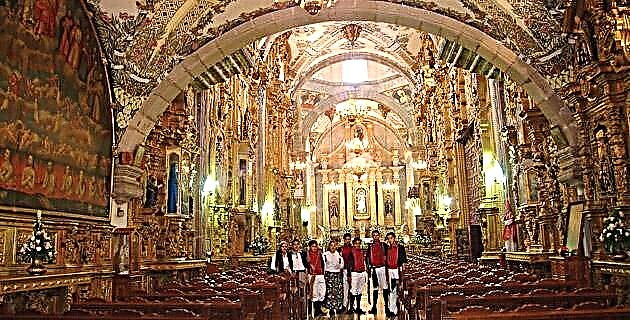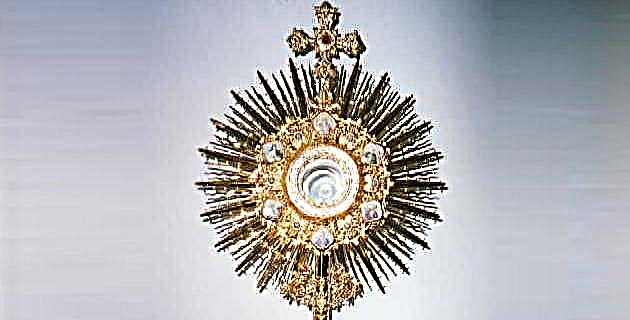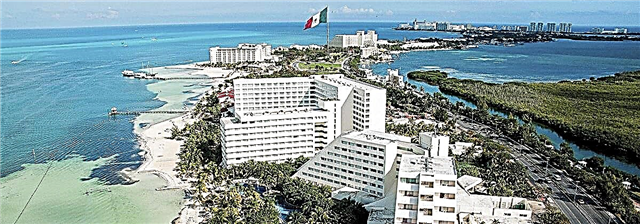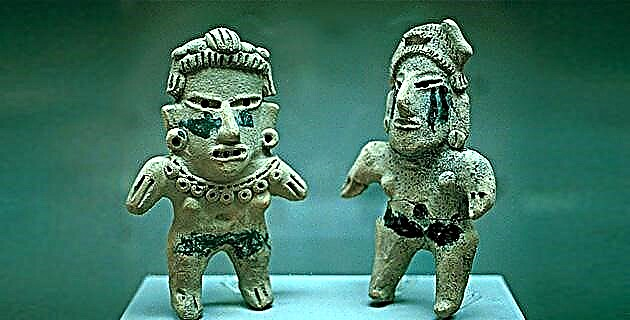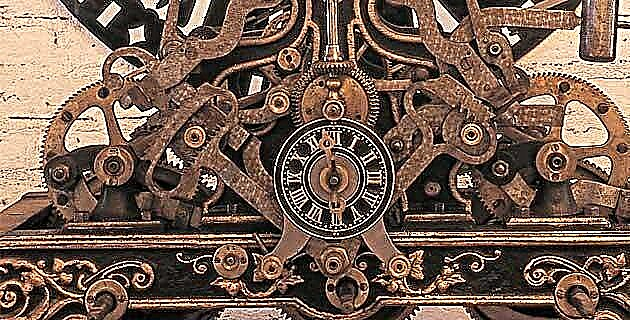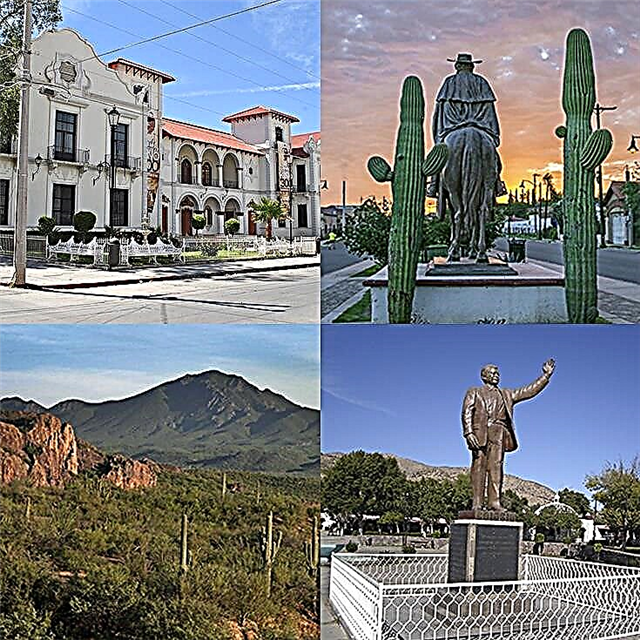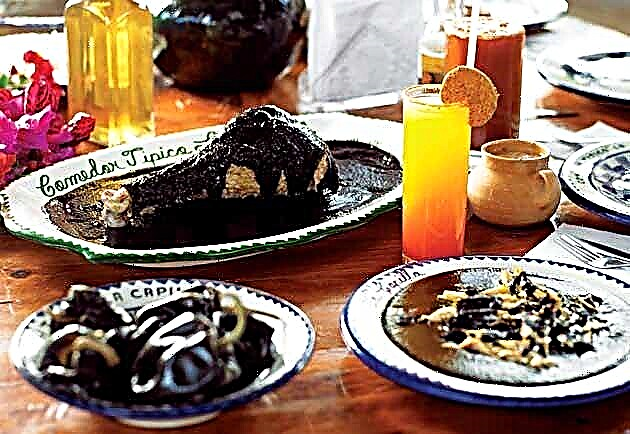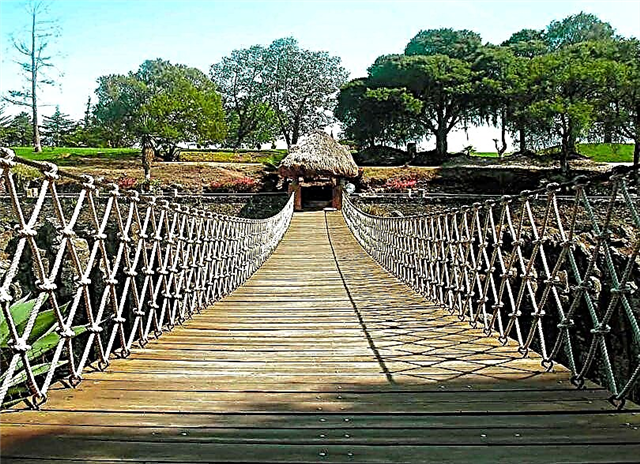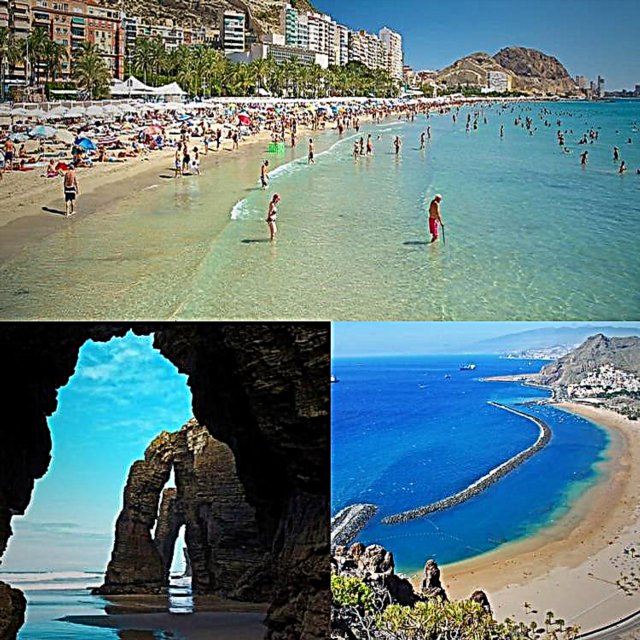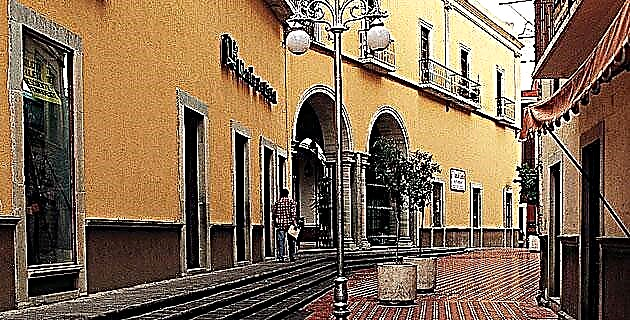
Probably towards the beginning of the 16th century, the region of present-day Guanajuato was populated by indigenous Chichimecas, mainly a place called Paxtitlán, where frogs were abundant.
Apparently the Tarascan Indians who accompanied them gave it the name of Quanashuato, "mountainous place of frogs." It is known that by the year 1546 the Spanish had already explored the area and that Rodrigo Vázquez established a ranch. Between that date and 1553, important discoveries of gold and silver mineral deposits were made, the most notable made by Juan de Rayas in 1550. By the following year, four camps or royals had settled in the place to care for the newly discovered mines. , among them the most important one called Santa Fe.
Although the Chichimecas attacked with some frequency, the Real de Minas was erected as mayor's office in 1574 adopting the name of Villa de Santa Fe in the Real y Minas de Guanajuato. In 1679 it already had a blazon or coat of arms and in 1741 it was awarded the title of city for “the advantageous conveniences offered by its abundant silver and gold mines”. King Felipe V signed the Certificate and called it a very noble and loyal Royal City of Minas de Santa Fe de Guanajuato.
This location forced a development that established particular urban characteristics that were due to the topographical irregularities of the terrain, adapting the settlement's distribution to this and drawing peculiar streets, squares, squares, alleys and stairways of extraordinary appearance, a circumstance that has been worth the city to be considered one of the most admirable in our country.
Initially, it was made up of four neighborhoods: Marfil or Santiago, Tepetapa, Santa Ana and Santa Fe; It is thought that the latter was the oldest and that it was located where the current neighborhood of La Pastita is. The urban integration also included a stream that practically passed through the center of the settlement, turning it into Calle Real, which was the main axis of the city and on whose sides, on the slopes of the steep hills, the houses of its inhabitants were built. This street, today known as Belaunzarán is one of the most beautiful avenues for its underground sections, its bridges and the pleasant corners that it forms in its meandering route. The most important and rich constructions were made in pink quarry, while for the more modest adobe and partition walls were used, an aspect that gave it a characteristic color that ranges from reddish tones to green tones, passing through pink ones; stratified earthenware was used for the pavements, stairways and veneers.
The opulence that the city reached towards the 18th century, thanks to the rich deposits of gold and silver, was manifested in its civil and religious architecture; However, it is necessary to name for example the first chapel, blessed in 1555, which was the Hospital de los Indios Otomíes, the oratory of the Colegio de Compañía de Jesús, founded around 1589, which was located where today the University and the primitive parish church are. called Hospitals, dating from the mid-16th century, today partially modified and with an engraving on its facade with the image of Our Lady of Guanajuato.
The city offers spaces of extraordinary setting and beautiful perspectives, with its squares that frame the buildings of greatest interest, such as San Francisco, where Sopeña Street ends, in front of the San Francisco temple, with a baroque facade of the 18th century that contrasts with the adjoining chapel of the Santa Casa. Further on is the Union Garden, on the south side of which stands the wonderful temple of San Diego, which had an old convent; the temple was damaged by a flood and was rebuilt in the 18th century by the intervention of the Count of Valenciana. Its façade is in the baroque style with a churrigueresque air.
Later is the Plaza de la Paz, surrounded by interesting buildings such as the Government Palace, the extraordinary House of the Counts of Rul, a work from the late 18th century attributed to the architect Francisco Eduardo Tresguerras, which has an excellent facade and a beautiful patio inside; the House of the Count of Gálvez and the House of Los Chico. At the eastern end of the square is the imposing basilica of Nuestra Señora de Guanajuato, built in the seventeenth century in a sober baroque style, which houses the precious image of the Lady of Santa Fe de Guanajuato in its main altar. Behind the Basilica there is another square that precedes the lavish temple of the Society of Jesus, built in 1746 with the support of Don José Joaquín Sardaneta y Legazpi. The building has one of the most beautiful baroque facades in Mexico and the colossal dome that was added in the last century by the architect Vicente Heredia stands out. On the west side of this temple is the campus of the University, which was the Colegio de la Purísima founded by the Jesuits at the end of the 16th century; the building underwent modifications in the 18th century and some more in the middle of this century. Towards the east of the Company is the Plaza del Baratillo, which boasts a beautiful fountain brought from Florence by order of the Emperor Maximilian, and on the west side of which stands the temple of San José.
Continuing along Juárez street, you pass by the Legislative Palace, a 19th century construction; further on is the building that was the Royal House of Assays, an outstanding Baroque mansion that bears the city's first noble coat of arms on its façade. From there, a small cross street passes through the Plaza de San Fernando to reach the Plazuela de San Roque, a charming colonial corner that frames the church of the same name and which is the oldest preserved, built in 1726. The complex in turn gives access to the pleasant Morelos garden, which precedes the Belén temple, an 18th century construction with a modest portal and beautiful altarpieces inside. From one side of the temple, a street that goes up north leads to the Alhóndiga de Granaditas building; Conceived to store grain and food, its construction began in 1798 under a project by the architect Durán y Villaseñor to finish in 1809 under the supervision of José del Mazo. Its general image is a beautiful sample of the neoclassical civil architecture of Mexico.
Typical areas of the city are the squares and alleys, among which we can mention the plazuela de la Valenciana, Los Ángeles, Mexiamora, the famous and romantic Callejón del Beso and Salto del Mono. Other important religious buildings are the Temple of Guadalupe, built in the 18th century in a sober Baroque style, the Temple of El Pardo, also from the 18th century, with its façade full of plant motifs masterfully executed in quarry.
Outside the Historic Center, to the north, is the temple of the Valenciana dedicated to San Cayetano, whose exquisite churrigueresque façade from the 18th century has been compared to those of the Sagrario and the Santísima in Mexico City. The temple was built at the request of Don Antonio de Obregón y Alcocer, the first count of Valencia, between 1765 and 1788. The enclosure preserves some splendid altarpieces and a precious pulpit inlaid with bone and precious wood. The temple of Cata also deserves special attention. Raised in front of the square today known as Don Quixote, it is another of the excellent examples of Mexican Baroque, whose façade rivals that of the Valenciana. It is located in the mining town of the same name and its construction dates from the 17th century.

